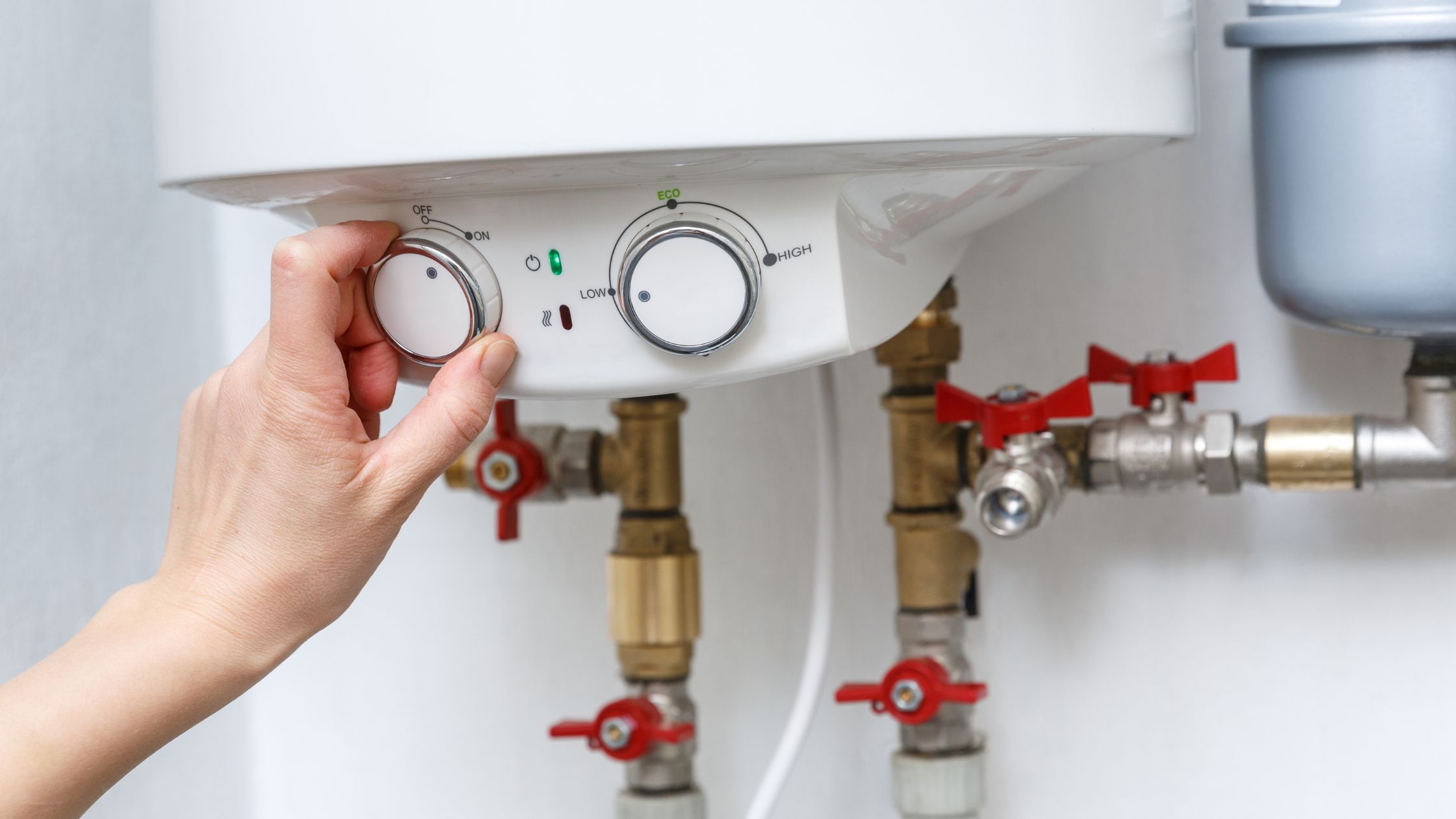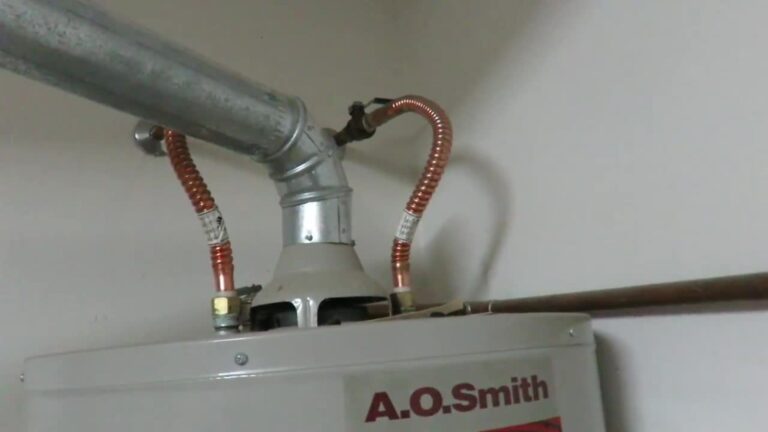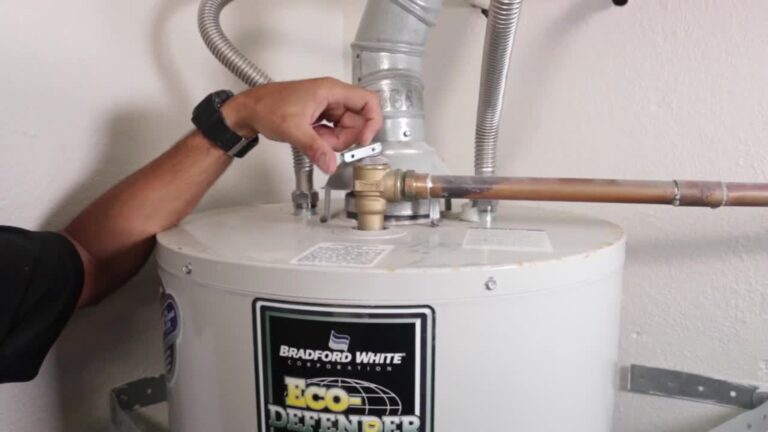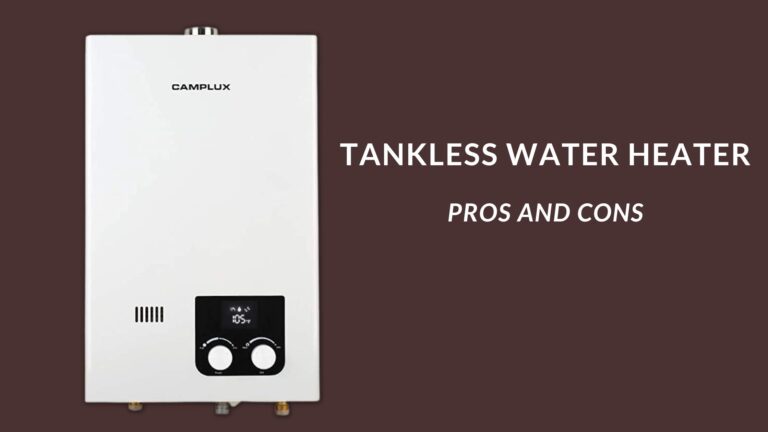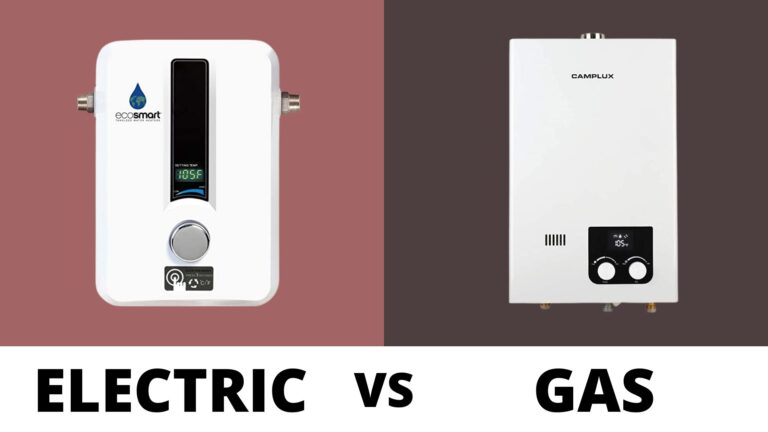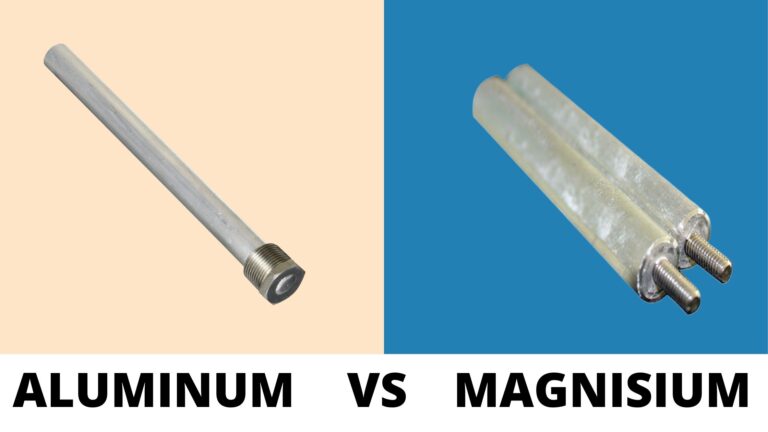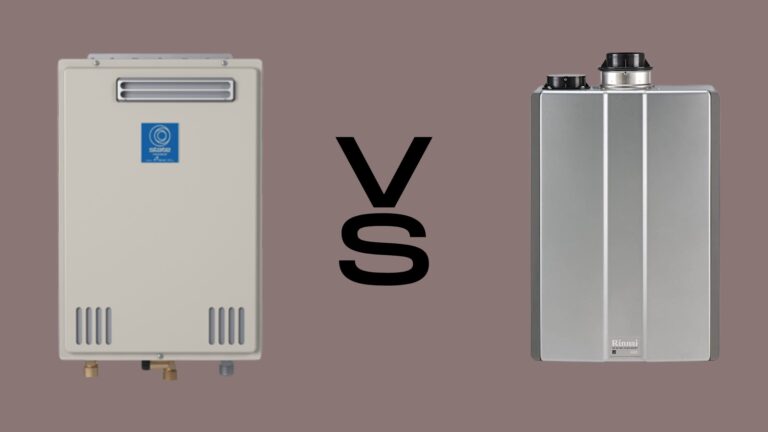What Temperature Is Lukewarm? [All Questions Answered]
Have you been trying to cook anything in lukewarm water? Does the recipe book say to heat the milk in a lukewarm temperature? Getting confused on what to do and end up heating the liquid in a high or low flame?
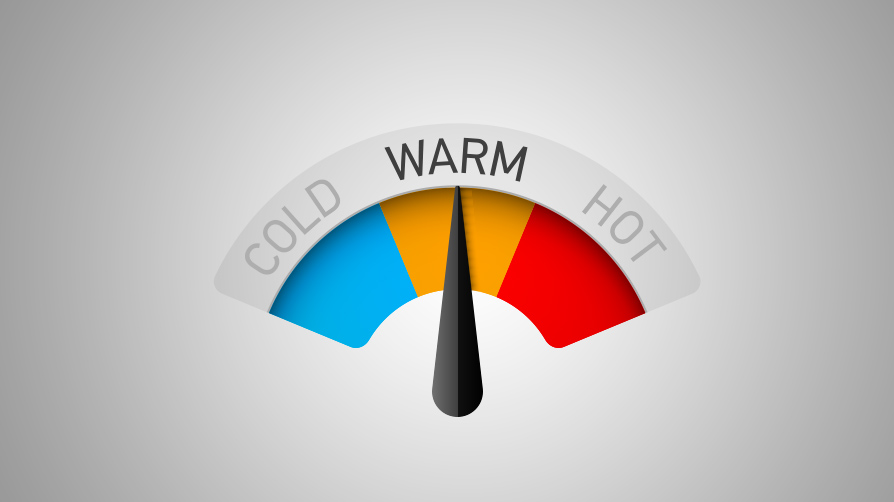
Yes, Lukewarm can be always confusing at times when you need to follow proper instructions. It is a particular temperature for heating or warming any liquid. But, what temperature is Lukewarm exactly? If you want to get it right, here is a complete guide on what Lukewarm is. Read below to know more.
Many of us get confused about what exactly Lukewarm is. It is just in between boiling and warming or just warming? However, Lukewarm is neither of these two. There is a particular temperature that we refer to whenever we bring up the term Lukewarm.
The term Lukewarm came up first around the 1330s which means tepid. It is nothing but slightly above the regular room temperatures. Some people say that it is just around the room temperature and 1.5 degrees more to it. But in reality, there is a slight difference to lukewarm water or milk than just regular temperatures.
What is Tepid?
A lot of people do recommend tepid as an accurate temperature to drink water or to take a quick bath. To be fair, there is not much difference between tepid water temperature and lukewarm water. However, technically, the tepid water temperature is around 40 degrees Celsius and about 105 degrees Fahrenheit.
However, lukewarm water may also be considered as a part of the same range. But, if you want to know more, it would be best to get a test done. You can quickly take the help of water and touch it with your bare hands. If you feel that it is slightly hot but not enough to burn your fingers, the water is in the tepid range. This should be suitable for everyone.
Yeast and Lukewarm Water

While dealing with yeast, people usually get a broader space of areas to work on. This means that the restrictions are a little less. If you are dealing with yeast, you can just keep the water temperature for yeast above the room temperature which suits the ideal warmth and is the best temp for yeast. However, if the yeast is kept in the refrigerator for a long time, you may have to bring it to regular temperature first.
Yeast can work at border range for long durations and so you will not have to worry about the precise temperature settings. However, if you are using active dry yeast, you may follow the package directions to get better results. You can also follow up in different ways without a thermometer to measure water temperature.
How to Measure Water Temperature without Thermometer?
Method 1: Using the Hand
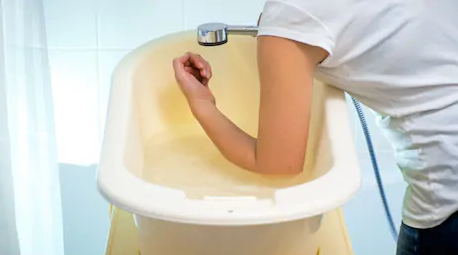
Using the hand is the most common way to detect the temperature of the water. Pour the water in a bowl or a glass-based container and hold your hand above the water. Do not try to stick your hand directly into the water, but use the steam as the measurement. If it is hot and you feel the heat may burn you, it is well near to the boiling point. However, if you do not feel any heat, the water is likely around the room temperature. Apart from this, you can use one of your elbows too for the same results.
Method 2: Condensation



This method is the best to denote whether the water is cold or likely around room temperature. Look for condensation around the water container. The best way to detect this will be to pour the water in a plastic or glass bowl. Condensation will form faster if the water temperature is below the air temperature. Apart from this, you can also keep an eye on whether ice is formed on the surface of the water. Water begins to freeze from 32 °F but even it is 1 to 2 °C, it starts condensing.
Method 3: Bubble Size

Using bubble size as the measurement may be the most complicated way to detect the temperature, but it is also the most accurate way. To get the results, you can slightly heat the water and look for the small bubbles that increase while the temperature decreases. Small bubbles indicate that the water is around 71 °C and the medium-sized bubbles indicate that it is around 79 °C.
As the bubbles eventually start to increase the size, the water temperature is around 85 °C. When it begins to fully boil, the temperature is supposed to be around 91 to 96 °C and when the boiling gets complete; the temperature is around 212 °F or 100 °C.
There are many ways to check room temperature without a thermometer. But, these were the 3 most Amazing Ways we knew. You can share some more if you know in the comments section.
How to check room temperature without a thermometer?
Checking the room temperature without a thermometer is no big deal. Though you may not get the exact accurate temperature, it is still possible to get an assumption on how the temperature will range. For this, you can try out two different procedures. The first one is fairly significant with using a Smartphone while the other one is using your body.
1. Using a Smartphone
Smartphones with internet access may just be the best possible way to bring out the temperature. Since it has GPS technology, the data will be able to fetch the current temperature around you. Though it won’t be the most accurate, still you will be able to get a good assumption. You can easily download a temperature application on your phone and let it do the rest.
2. Using your body
Another fairly significant procedure is the option of using your body while recording the temperature. In any moderate room temperature, the scale will show around 71 degrees Fahrenheit. However, if you feel the warmth and you are sweating, it should be above 81 degrees Fahrenheit. If you are feeling old even with a jacket or a sweater, it should be lower than 2 degrees Fahrenheit.
5 Benefits of Lukewarm Showers Over Hot Ones



1. Circulation
Cooler water helps in boosting the blood vessels and also cooling down the body temperature. So this allows your body to opt for better blood circulation. Even in the winters, try to opt for lukewarm water rather than the hot ones.
2. Inflammation
Too much of heat in water may result up to inflammation if the skin is overexposed. The hot showers and the baths can inflame the skin and cause redness and even peeling. Try to avoid such warm temperatures while taking showers.
3. Skin Issues
A hot shower can cause dryness and sensitivity issues in any part of the body along with itching and other results. It is thus very important to keep yourself moisturized for places with low humidity. But in the case of hot water, skin diseases are prominent.
4. Natural Oils
Heat can easily dissolve natural oils. This is called the deficiency skin microbiome which is responsible to keep your skin healthy and protected. But if all the natural oils are dissolved, it becomes easily penetrating to rashes or acne on the skin.
5. Blood Pressure
Excessive heat always increases the blood pressure not only in the summertime but also in the winter. So it is important to keep a balance in the body temperature. Hot water quickly rises the temperature while lukewarm water keeps it around the room temperature.
These were a few benefits of warm showers over the hot ones. Hope from now onwards you are planning to change to lukewarm showers from hot ones. But, if your shower stops giving hot water then you can troubleshoot it using this post.
What Temperature Is Lukewarm? [FAQs]
Q1. How do you know if Water is lukewarm?
A1. Water can be said to be lukewarm when the temperature is just around 105° F you can measure it with the help of a thermometer gauge or just with your hands. Place your hand above the water and if it feels to be around the room temperature, it may be lukewarm. You can also check with the size of the bubbles. If bubbles are slightly beginning to form, the water is just in the lukewarm stage.
Q2. What is the difference between lukewarm and warm water?
A2. Lukewarm means where the water is neither hot and nor cold. But in the case of hot water, you can easily feel the temperature with your hand. When the temperature is slightly higher than your body temperature and you feel warm but not hot, you can consider it as warm water.
Q3. Is lukewarm and Room temperature the same?
A3. Most of us consider that they both are same but it is not so. There is a slight difference between water being lukewarm and room temperature. Experts claim that room temperature plus 1.5° C is what lukewarm water is. So it is slightly higher in temperature than the regular tap water temperature.
Q4. What temp is lukewarm in Celsius?
A4. Usually, anything just slightly above the room temperature can be considered as lukewarm water. But to be precise, it is just around 40° C.
Conclusion
So this guide will completely help you to achieve the perfect knowledge upon What Temperature Is Lukewarm. However, there is still no exact measurement on the temperature, the temperature may change according to the place or the climatic conditions. The basic theory is lukewarm temperature is slightly above room temperature.

